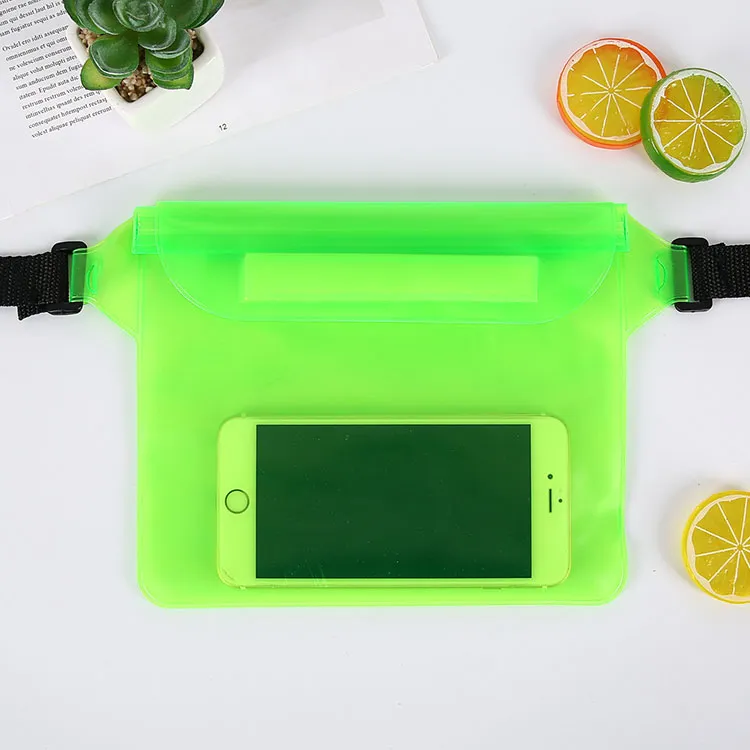The Ultimate Guide to Choosing a Waterproof Bag for Every Adventure
2024-11-13
When you’re gearing up for outdoor activities or travel, a waterproof bag is an essential item to keep your belongings safe and dry. Whether you’re hiking, kayaking, or simply out for a day at the beach, these bags provide the protection you need from water, dust, and other elements. In this guide, we’ll explore the types of waterproof bags available, key features to look for, and tips to help you select the perfect bag for your needs.
1. Types of Waterproof Bags
- Dry Bags: Ideal for water sports, these are simple roll-top bags that offer water resistance and are often submersible for short periods.
- Waterproof Backpacks: Designed for hikers and travelers, these bags combine waterproofing with the practicality of a traditional backpack.
- Waterproof Duffel Bags: Perfect for larger loads, they provide durable, water-resistant protection and are great for camping or multi-day trips.
- Waterproof Phone Pouches and Waist Bags: Compact and convenient, these options keep essentials like your phone or wallet safe in wet conditions.
2. Key Features to Consider
- Material and Construction: Look for bags made from high-quality, durable materials like PVC, TPU, or coated nylon. Sealed seams and zippers add extra protection.
- Waterproof Rating: Bags come with ratings that indicate their level of water resistance, such as IPX4 (splashproof) to IPX8 (submersible). Choose based on your expected exposure to water.
- Size and Capacity: Select a size that matches your needs. Dry bags are often available in capacities from 5L to 50L, while backpacks and duffels range higher.
- Ease of Use: Features like padded straps, grab handles, and compression straps can make a difference, especially on longer trips.

3. Tips for Choosing the Right Waterproof Bag
- Match Your Activity: For day trips, a small 10L-20L dry bag might suffice. Longer hikes or camping trips may require larger capacity bags with added storage compartments.
- Consider Submersibility: If you’ll be kayaking or doing water activities where full immersion is likely, opt for bags rated IPX7 or higher.
- Test Before You Go: Before heading out, test your bag’s waterproofing by placing tissue or a similar material inside, sealing it, and briefly submerging the bag. Check for any signs of leakage.
4. Maintenance and Care Tips
- After each use, rinse off any dirt or salt to prevent wear on the material.
- Avoid overstuffing your bag to preserve its shape and waterproof effectiveness.
- Store it dry and folded to prevent mold growth and ensure the bag’s longevity.
A waterproof bag is an investment in protecting your gear, and with the right choice, you’ll have a dependable companion for many adventures. By considering the type, features, and size that suit your needs, you’ll be prepared for whatever elements come your way.

